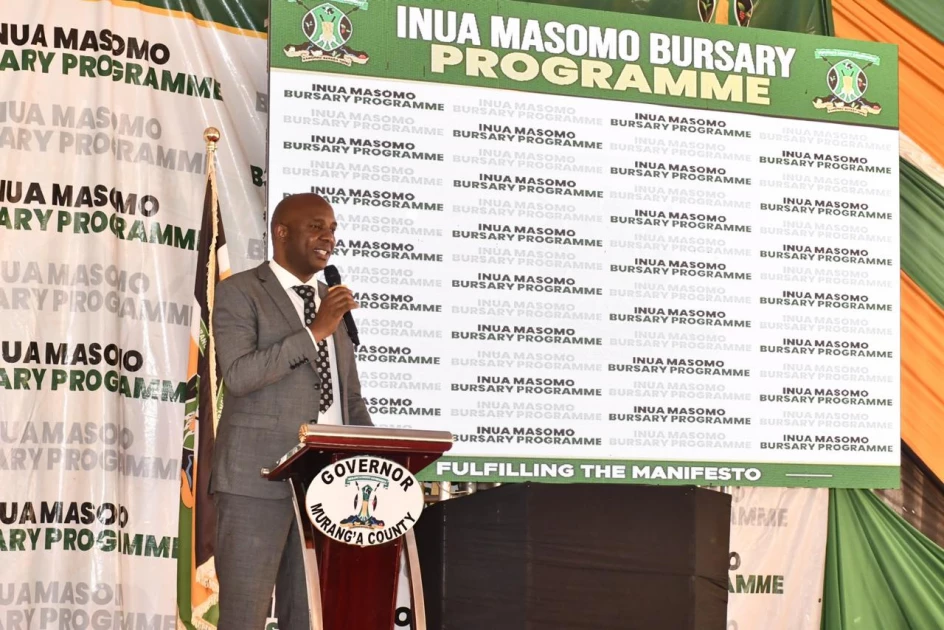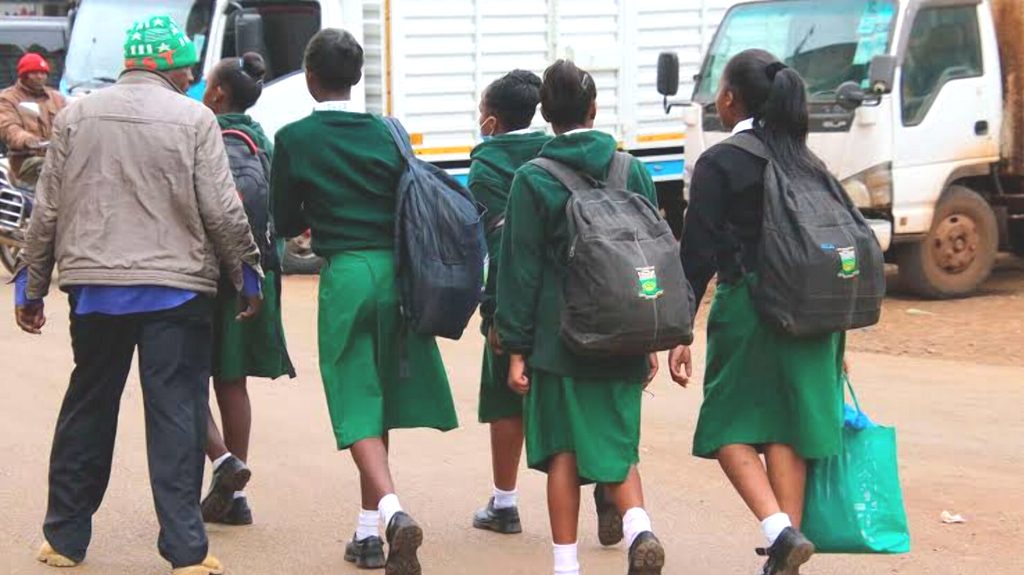Matters of education, for good or bad reason, tend to find their way to national discourse even on issues that are not directly originating from the education sector. Three examples will suffice from this observation.
One, during the Corona virus pandemic period, educational institutions were closed for safety of the learners. The public tended to shift its attention from the core problem at hand – safety of the citizens from the disease – to when schools would open, why they have not opened and the future of education in general.
Two, insecurity in the northern part of the Rift Valley has caused the death and destitution of thousands of people over the years. Eventually and unfortunately, it was the death of 10 gallant soldiers who were overseeing the reconstruction of schools destroyed by bandits that got to international limelight.
Education became the focus rather than insecurity that was the core function of the soldiers.
Three, is the ongoing floods disaster. This is basically an environmental and climate change problem and not an educational problem. But when President William Ruto addressed the nation on this matter on Friday 3rd May 2024, the press and the public paid more attention to the postponement of opening of schools rather than the damages caused by heavy precipitation or mitigation measures being undertaken by his government against it or the safety of the people affected directly by the floods.
Education again took centre stage of his address. Talking about education, one gets the impression that everyone thinks that they are knowledgeable in the sector; hence they criticize the government sometimes without giving facts or figures for their assertions.
Take for example the Executive Secretary of Busia branch of KUPPET Okisai Moffat. He was reported extensively as having said that the closure of these schools will disorient the school calendar, leading to half-baked students transitioning and graduating without sufficient knowledge and intended skills and desirable attitudes, opening of prison gates to potential criminals who are out of school and that some schools in Budalang’i are safe for use.
These statements coming from a teacher and a union official to boot are unfortunate. Consider the following statistics. By 2020, there were a total of 14.3 million learners in primary and secondary schools; of whom 70 per cent were in secondary school and more than 90 per cent in primary schools as day scholars.
Another three million were in pre-primary schools. Then there are 350,000 teachers in basic education institutions, most of who commute from their places of abode to school. Every morning, when basic education institutions are open, close to 18.5 million students and teachers commute to and from schools as early as 4:00am up to as late as 9pm in the evening by walking or being carried by Boda boda, matatus, school buses and private vehicles.
These students cross flooded rivers, valleys and pass by areas prone to landslides. Some of the bridges on those rivers and streams have been swept away. So the main consideration of a caring government is the safety of 33 per cent of its vulnerable population on a daily basis.
Okisai surely should have known about this. Secondly, he should have known that it is a natural instinctive behaviour of all animals to preserve themselves in the face of danger. Most animals hibernate during periods of extreme heat or cold due to weather changes. Those that don’t hibernate tend to migrate from place to place as is the case in Maasai Mara – Serengeti belt or the birds that migrate from Africa to Europe and back seasonally.
Closing schools, therefore, has the effect of hibernating the children in their homes that are safer and spread around the country rather than herding them through narrow dangerous roads on a daily basis. On this matter, the president made the right decision. The behaviour of the respective Cabinet and Principal Secretaries as far as floods are concerned, however, leaves a lot to be desired.
During the period of Corona Virus, it was the then Cabinet Secretary for Health Mutahi Kagwe through his daily 4pm briefs and President Uhuru Kenyatta who were main sources of information.
In the matter of floods, the line Cabinet Secretary Soipan Tuya and Principal Secretary Engineer Festus K. Ng’eno and the director of the meteorological department are the main players due to their mandates. One would have thought , therefore, that the three would be providing daily briefs jointly and let the other Cabinet secretaries and their subordinates to make decisions on their mandates on the basis of the information emanating from the Ministry of Environment, Climate Change and Forestry.
But in the last one month, the Deputy President and the CSs in charge of Interior, Transport, Education and some governors have been more visible than Tuya and Ng’eno. In fact, the efforts and visibility of the Cabinet Secretary for Health Susan Nakhumicha and her Permanent Secretary in attempting to solve the medical practitioners’ strike – however inept they seem to be – are perceived to have performed better than Tuya on the matter of the floods.
In my view, the uncoordinated release of information from the Ministry of Education on closure or opening of schools could be an extension of lack of coordination at the executive arm of government. On this matter, the president has come out to save the situation and deserves acclamation.
YOU MAY ALSO READ:
KNUT supports court ruling on illegality of intern teacher posts
By Mwalimu Andrew Kibet
To write to us or offer feedback, you can reach us at: editor@educationnews.co.ke
You can also follow our social media pages on Twitter: Education News KE and Facebook: Education News Newspaper for timely updates.
>>> Click here to stay up-to-date with trending regional stories






